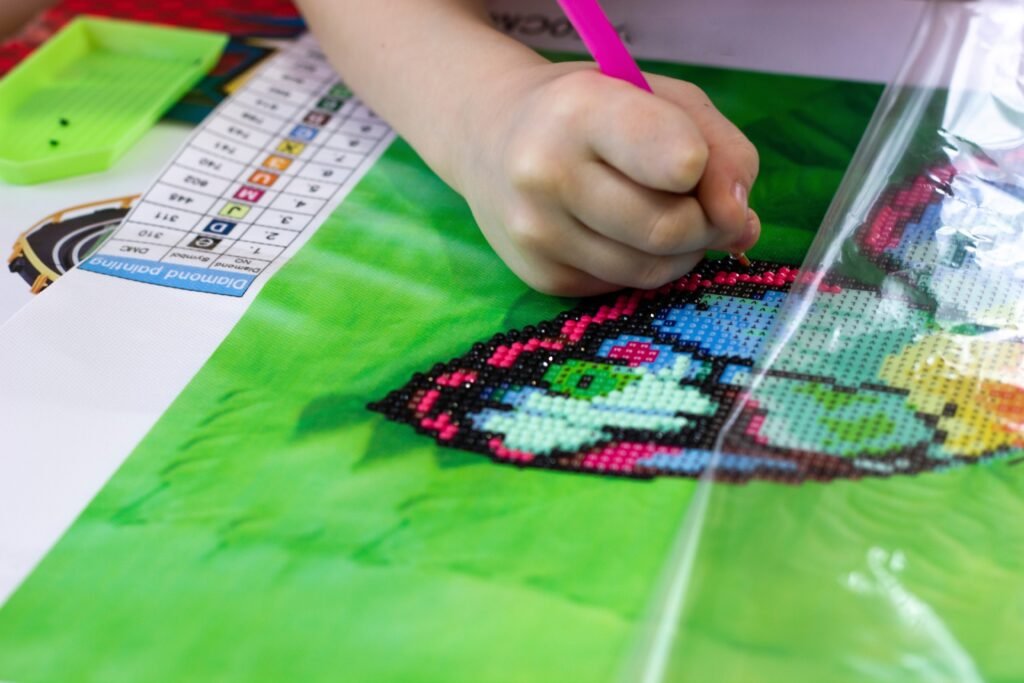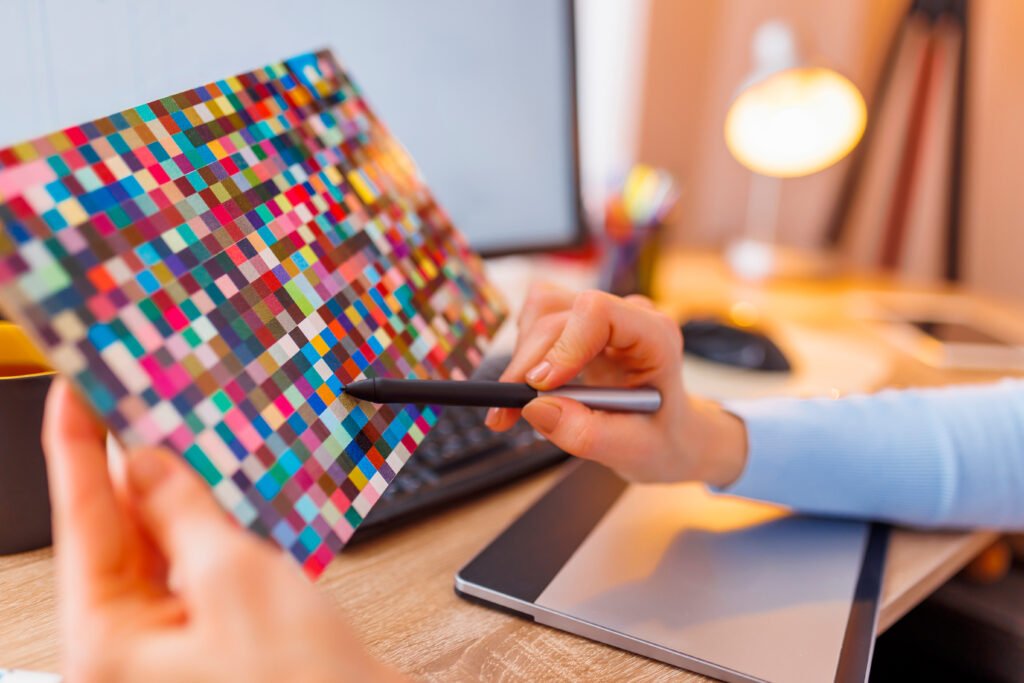Pixel art, in the 21st century, has moved far beyond being just a technique tied to the nostalgia of old video games. Today, it stands as a rich visual language, capable of uniting tradition and innovation within the same creative space. This form of digital art uses limitation as a strength, turning each colored point into an expressive element.
This minimalist aesthetic has conquered new spaces and established itself in independent games, galleries, printed works, and even urban interventions. Artists explore its visual simplicity to convey complex emotions, showing that pixel art is not just a memory from the past, but also a bridge to the future.
The Renaissance in Games and Digital Culture
The renaissance of pixel art began strongly within the indie video game scene. Games like Shovel Knight, Stardew Valley, and Undertale proved that visual impact does not depend on hyper-realistic graphics. With creativity, well-built narratives, and intelligent design, pixel art returned to the center of digital culture.
According to the book Pixel Art for Game Developers, by Daniel Silber, published in 2015, pixel art functions as a visual language that “challenges the artist to create emotion with minimal resources.” The author explains how controlling the color palette and the precision of each stroke determine the final quality of the work. These features have become fundamental to the modern appeal of the style.
At the same time, the internet has helped boost this aesthetic. Platforms such as Instagram, Twitter, and DeviantArt have become showcases for artists from all over the world. This global reach has ensured that pixel art is not limited to games, but also takes space in posters, editorial illustrations, and art collections.
Technique and Its Evolution in the 21st Century
Mastering pixel art requires patience, study, and attention to meticulous details. Unlike other digital formats, it relies on the idea that every pixel counts. According to the book 1×1: Pixel-Based Illustration and Design, by Sebastian Mendez, published in 2004, “limitation is the artist’s greatest resource, as it forces creative solutions to convey complex ideas.”

In recent years, specialized software such as Aseprite and Pyxel Edit has expanded technical possibilities. These programs allow for fluid animations, advanced palette management, and integration with modern platforms. This means that pixel art is no longer seen only as retro, but as a versatile tool for multiple formats.
Additionally, the aesthetics of pixel art now merge with other visual styles. Many artists combine pixels with collage, photography, and experimental typography techniques. This fusion creates works that break the barrier between digital and physical, making the technique even more contemporary.
Pixel Art Beyond the Screen: Exhibitions and Preservation
The 21st century has also marked the entrance of pixel art into museums and cultural spaces. Installations such as Pixelwald (“Pixel Forest”) by artist Pipilotti Rist show how the logic of the pixelated image can be transported into three-dimensional experiences. The public interacts with thousands of luminous points that, together, form immersive compositions.
According to the book Pixel Art Museum: RPG 8-bit, published by Editora Europa in 2020, preserving classic works is essential to understanding the cultural impact of pixel art. This archival work documents sprites, scenarios, and sequences from historical games, creating a visual collection that inspires new artists. More than nostalgia, it is about keeping alive a language that shaped the visual identity of a generation.
The presence of pixel art in digital galleries, such as the SESI Digital Gallery on Avenida Paulista, proves that it has found space in large-scale formats. With pixel mapping technology, these exhibitions allow the public to experience the technique in monumental form.
Pixel art in the 21st century is more than a revival of memories. It represents creative resistance in a world dominated by ultra-realistic graphics. It proves that the strength of an image lies in intention, composition, and narrative—not just in the number of details. Each pixel carries meaning, each chosen color reinforces an idea, and each constructed form invites the viewer to imagine what lies beyond the screen.
By uniting past and future, pixel art becomes a visual manifesto. It challenges haste, celebrates detail, and transforms the minimum into the maximum. In the end, it is this ability to create entire worlds from elements so simple that ensures pixel art remains alive, relevant, and inspiring for many decades to come.



